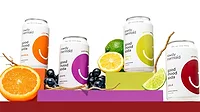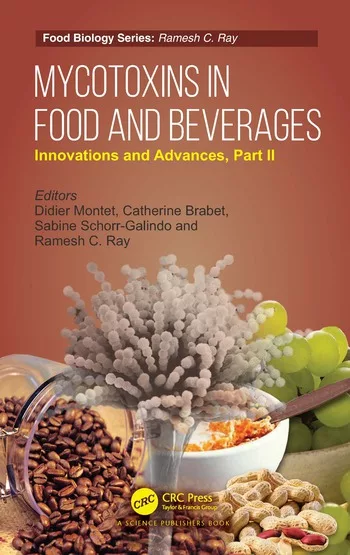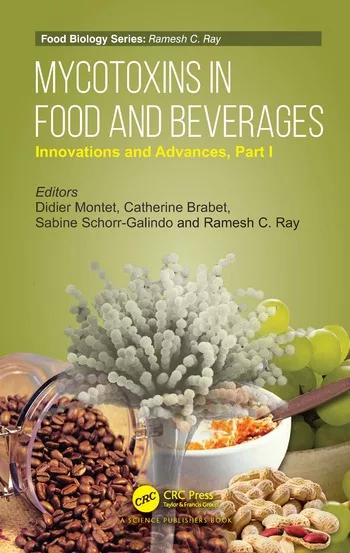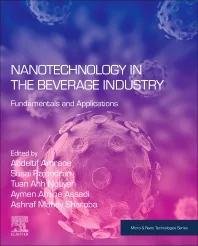Ingredient Spotlight
Tea that goes beyond hydration is hot
Consumers want more out of their tea
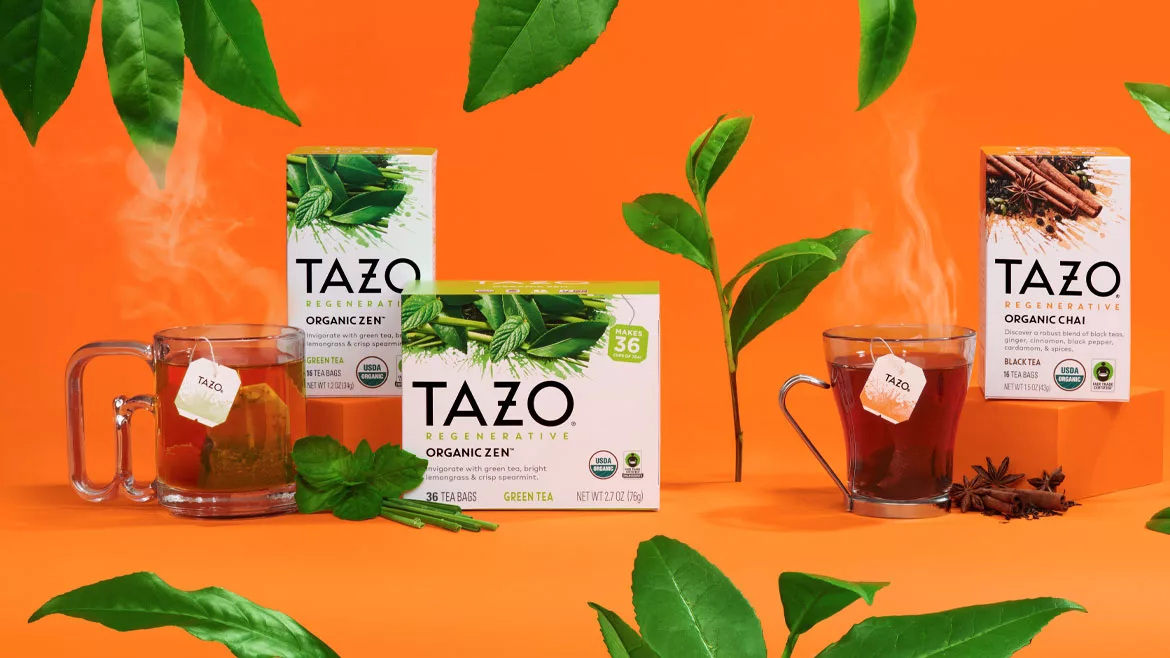
Image courtesy of TAZO
In both the 1951 animated and the 2010 live-action movies of “Alice in Wonderland,” — two takes on Lewis Carroll’s 1865 novel “Alice’s Adventures in Wonderland” — Alice tumbles down a deep rabbit hole while chasing the White Rabbit. After a series of events, including shrinking and growing, Alice winds up at a tea party with the Mad Hatter and the March Hare.
A popular fictional tea party, not all tea consumption occurs at Mad Tea Parties and Unbirthday Tea Parties. Yet, tea is becoming an increasingly popular ingredient in beverages.
Micah Greenhill, marketing director of beverage and meat alternatives at ADM, Chicago, notes that consumer interest in tea extracts has continued to escalate.
“This comes at a time when consumers are seeking transparency, clean labels and are proactively looking for ways to support their overall well-being and are seeking out products that they associate with sustainable, functional and ‘better-for-me’ attributes,” Greenhill says.
He suggests that, to meet consumer demand for clean labels, tea and tea extracts can be used as ingredients in products with “natural” attributes. Consumers associate tea ingredients with better-for-you attributes, as well as functional attributes, he notes.
“For instance, tea and tea extracts may signal to consumers products that are formulated to support immune function, gut health, mood and energy,” Greenhill explains. “Green, black and matcha tea extracts and powders tend to be associated by consumers with energy and cognitive function, as they are natural sources of caffeine.”
Research from ADM shows that consumers associate green tea “with several positive attributes related to well-being,” such as being high in antioxidants, Greenhill says. The research found that consumers consider yerba mate to be linked to mental focus, as well as cognitive and energy support, he notes.
“Ingredient transparency is also key, as consumers scrutinize beverage labels, with 73% of consumers saying they have positive feelings about companies that practice transparency about where and how products were made, raised or grown,” Greenhill says. “This offers brands an opportunity to call out regional sourcing on beverage and tea packaging to further tell the sustainability story of a product … By incorporating and focusing on the regional name of the tea extracts or their flavor profiles, brands can more clearly communicate to consumers the source of the beverage’s origin.”
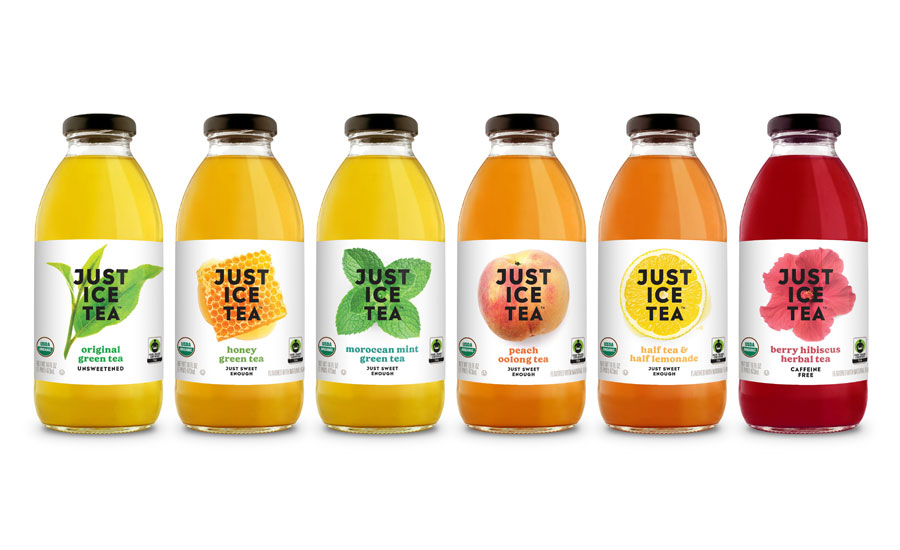
Image courtesy of Just Ice Tea
Tony Colalillo, taste vice president and general manager at Florida Food Products (FFP), Eustis, Fla., shares a similar sentiments regarding consumers wanting more from their beverages.
“As consumers continue to pursue different forms of hydration, the one commonality in these beverage preferences is ‘natural,’” he says. “In addition to wanting their beverage to do more than just quench thirst or hydrate (contain some form of functionality), today’s consumers are demanding healthy and natural beverages.”
Many consumers are looking for functional beverages that improve energy, immunity and relaxation. Colalillo notes that tea can work as a base, a flavor or a functional ingredient, creating a beverage that “will resonate with today’s health-conscious consumer.”
“Real brewed tea provides consumers with a hydrating beverage that is both good for you and comes from nature,” he says. “When brewed correctly, like at FFP, tea can be nature’s perfect healthy beverage.”
Tons of tea types
Because of the rising popularity of functional teas, more and more options are emerging on the market.
Philip Caputo, marketing and consumer insights manager at Virginia Dare, Brooklyn, N.Y., points out that herbal tea has a “compelling family of flavor profiles” for a variety of beverage applications in the tea sector.
Innovative pairings, especially the blending of floral teas with spice and fruit, have piqued the interest of consumers, Caputo explains.
“Dark berries such as açaì, elderberry and goji are known as rich sources of antioxidants, while ginger and mushrooms are known for anti-inflammatory properties,” he says. “By integrating wellness flavors into their applications, tea brands can underscore their focus on targeted nutrition categories such as immunity, brain health, aging and digestion.”
Moreover, therapeutic botanicals and essential oils work well in infused teas, such as chamomile, green tea, hibiscus and mint, because the flavors emphasize their functional aspects, Caputo notes.
“When it comes to wellness flavors, formulators have a broad palette available and should be emboldened to experiment with innovative combinations and formats,” he says.
ADM’s Greenhill expresses that black and green tea varietals remain popular among consumers, because they are associated with wellness benefits by consumers. Tea-lovers connect aspects like immune function, skin health and energy with black and green tea, he says.
“In the near-term, we expect an increased focus on herbal teas that signal relaxation need states, such as chamomile and jasmine. Herbal teas also tend to have lighter flavor profiles and are ideal for creating light and refreshing beverages with perceived wellness attributes,” Greenhill explains. “Plus, there is an increased focus on the strong health halo the matcha brings to foods and beverages.”
As far as hybridization goes for tea ingredients, the ADM marketing director considers the concept to be “exceptionally young” for the market. He suspects the trend will become prominent in a couple ways.
“First, we’ll see teas moving further into non-traditional segments, such as carbonated soft drinks, juices, sports and energy drinks and more,” Greenhill says. “We also anticipate interspecific hybridization of teas, which is a significantly smaller trend at the moment.”
With teas, he says that consumers are looking for BFY beverages, so the boundaries between various beverage segments are blurring, “resulting in new hybrid categories.”
Looking for a reprint of this article?
From high-res PDFs to custom plaques, order your copy today!





